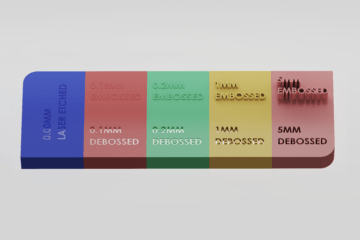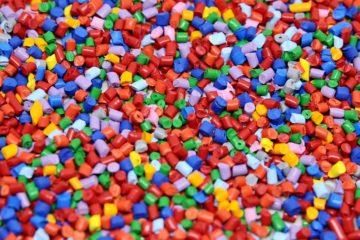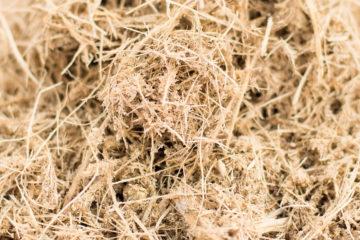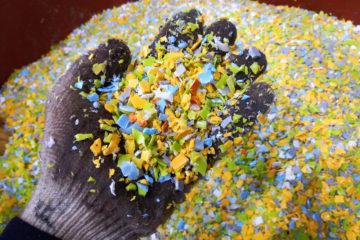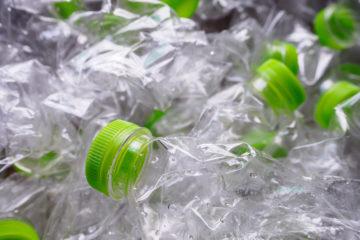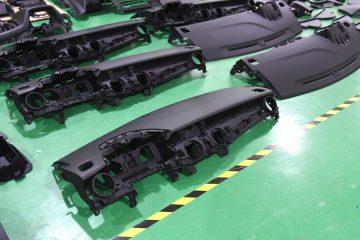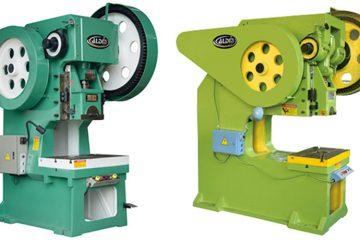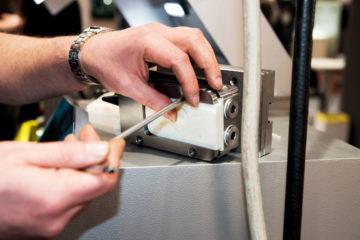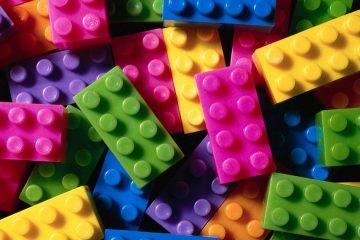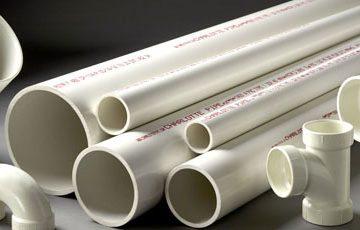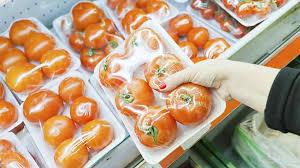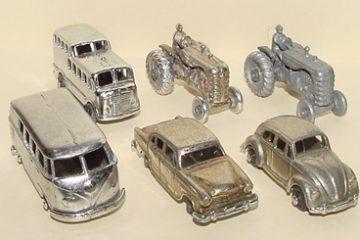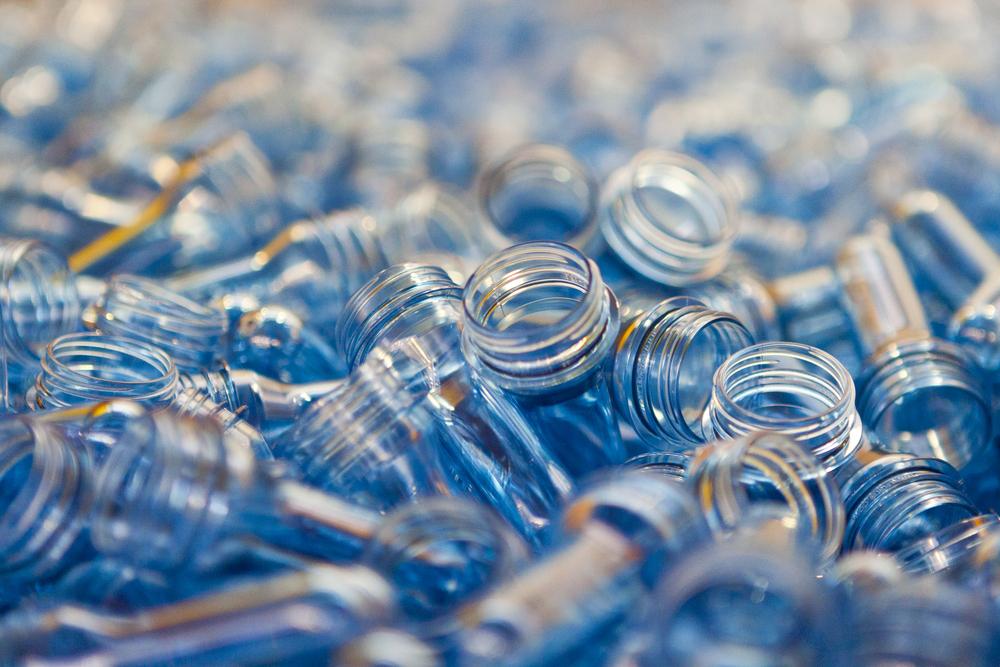
More than 300 million tons of plastics are now being produced every year. Half of that is estimated to be single-use plastic, and approximately 8 million tons of plastic finds its way into the oceans every year.
Plastic has become such an integral part of our lives, but it has also clearly become an environmental problem. Reduce, reuse and recycle are the keys to reducing waste. How can we apply this to manufacturing?
Reduce
“While recycling is part of the solution, we won’t recycle our way out of this situation”, Sanders Defruyt, New Plastics Economy lead at the Ellen MacArthur Foundation says. Part of the key to cutting down on plastics in manufacturing therefore to eliminate the problem before it arises.
Consider implementing a big reduction of non-essential usage of plastics. The first and most obvious step is to take a look at packaging. Plastics are often used in packaging because they are cheap to manufacture while still being durable and flexible. But that doesn’t mean that it is irreplaceable.
Alternatives include materials that are more efficiently recycled, like paper, cardboard and glass. Consider, too, that soft plastics are often impossible to recycle because they get caught in moving machine parts, causing the machines to jam. If at all possible, investigate if it would be feasible to switch to a harder plastic like PET, which can be recycled.
Reuse
Reusing in manufacturing can be hard, but it is possible.
Engineers are currently working on ways to increase plastic’s viability as a reusable material, including ways to use it in 3D printing. Another way to reduce waste in manufacturing is to make sure your product has individual pieces that are easy to maintain or change. This way, you or your customers can continue to repair and use the product instead of buying a replacement!
Recycle
Recycling is essentially a way to ensure that discarded items are used again. Glass, for example, is melted down and can be immediately moulded into new bottles. It is a little more complicated to recycle plastic.
First, you have to sort the plastic by type. For recycling purposes, there are seven different types of plastic. If you want to have control over the look of the finished recycled product, you would also need to sort by colour. The next step is to use a regrinder to cut the recycled plastic into small pellets and can be stored to be moulded into your desired shape later.
If you’d like to learn more about recyclable plastics in manufacturing or if you need to run a recycled plastic part, please don’t hesitate to contact us about a free 1-hour meeting.
Subscribe to Our Newsletter
Get the latest news from Dienamics into your inbox






